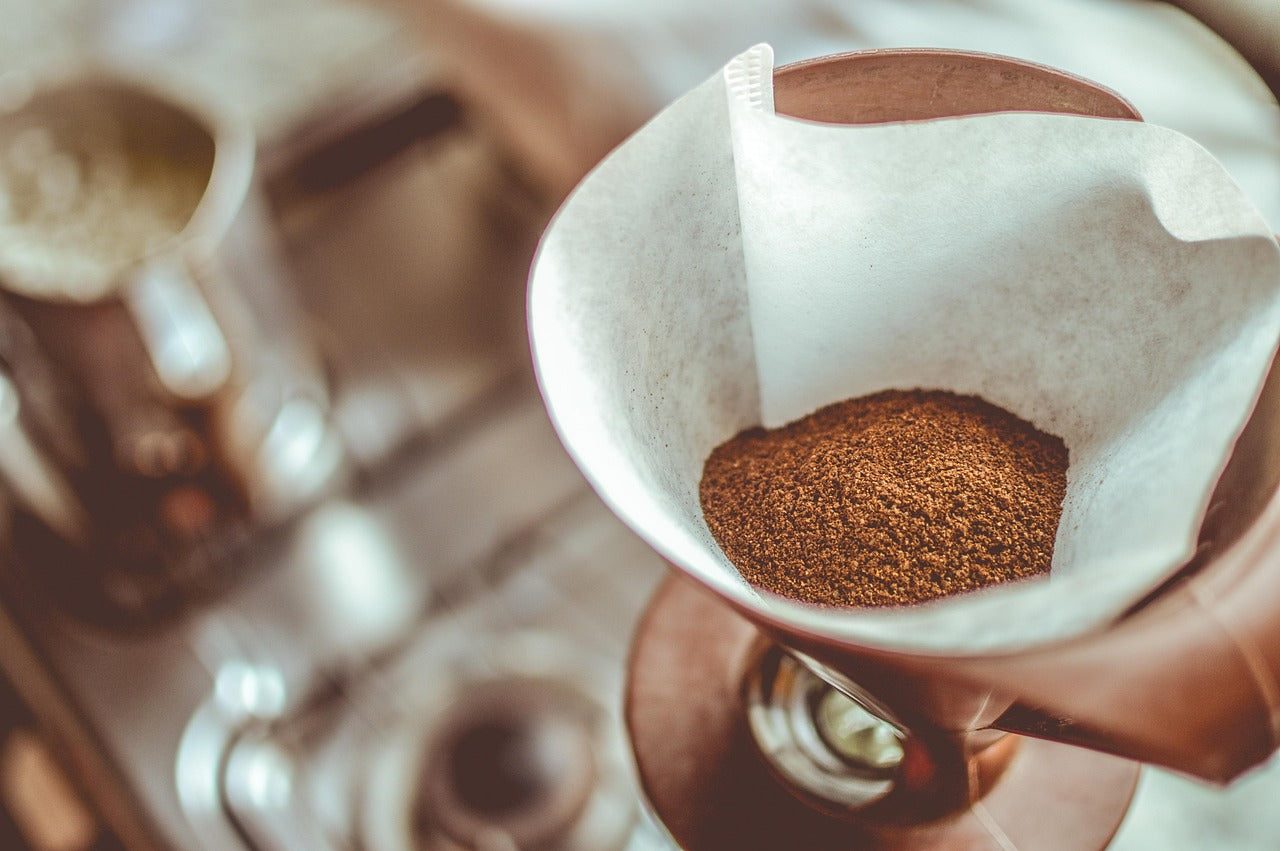Grind size isn’t just a brewing variable, it’s a key, that shapes how flavour, texture and aroma are extracted from coffee.
When we grind coffee, we create thousands of particles, each exposing a unique surface area to water. That surface area determines how quickly and completely sugars, acids and aromatics dissolve - the foundation of a coffee’s sweetness, structure and clarity.
The Science of Extraction
Extraction is the process of drawing flavour from the coffee into your brew.
Finer grinds have greater surface area, allowing water to dissolve flavour compounds faster and increase extraction yield. But grind too fine and the coffee bed can compact, slowing flow and creating uneven extraction — bitter and hollow at once.
Coarser grinds have less surface area, letting water flow too freely. The result is lower extraction yield — a sour, sharp, or thin cup. When dialed in correctly, the flavours come together in harmony: sweetness, structure, and a clean finish.
Optimal extraction typically sits between 18–22% extraction yield (EY), though flavour always trumps the number.
What To Do
Start with a reference point.
Begin with a medium grind and your usual recipe. Brew, taste, and note what you experience — your palate is your best data tool.
Taste for balance.
Sour or sharp? You’re under-extracted, grind finer or increase contact time.
Bitter or dry? You’re over-extracted, grind coarser or reduce brew time.
Sweet, rounded, and clean? You’ve hit the coffee’s equilibrium.
Change one variable at a time.
Even a 100-micron grind adjustment can dramatically shift flavour. Track what you change and what you taste, precision and patience matter more than speed.
Chase clarity through repetition.
Every coffee has its own ideal extraction zone, the combination of grind, dose, and flow that unlocks its natural sweetness and structure. Finding it isn’t guesswork; it’s feedback-driven iteration.
The Art of Dialing In
Dialing in is where science meets intuition. It’s not about chasing numbers, it’s about tuning the cup until it feels balanced and expressive.
You’re listening for sweetness in the mid-palate, roundness in the body, and clarity in the finish.
A quarter turn finer, an extra second of flow — small changes can turn a good coffee into a great one.
“The right grind brings everything together — sweetness, depth, balance.”
Get it wrong, and the coffee fights itself.
Get it right, and the cup sings.
Calculating Extraction Yield
Extraction Yield (EY) measures how much of the coffee’s soluble material has been dissolved into your brew — in other words, how efficiently flavour has been extracted.
Formula:
EY (%) = (Brewed Coffee Mass × TDS%) ÷ Dose Mass
Example:
If you brew 20 g of coffee, yield 40 g of espresso, and measure TDS = 10%,
then (40 × 10) ÷ 20 = 20% EY.
That means 20% of the coffee’s mass has been dissolved into the cup — a common benchmark for balanced extraction.
Reading the numbers:
-
15–17% EY → likely under-extracted: sour, thin, lacking sweetness.
-
18–22% EY → generally balanced: sweetness, clarity, structure in harmony.
-
23%+ EY → risk of over-extraction: bitterness, dryness, loss of vibrancy.
As Christopher Hendon’s research highlights, EY isn’t just a number — it reflects how evenly your coffee extracted. Two brews can share the same EY but taste completely different if one suffered from channeling or uneven flow.
Use TDS and EY as feedback tools, not targets. They quantify what your palate already senses — the fine balance between under- and over-extraction, between good enough and exceptional.
Closing Thought
The grind might look simple, but it’s one of the most powerful variables in coffee.
It’s part science, part intuition — the bridge between beans and brilliance.
Find your grind. Unlock the flavour.

